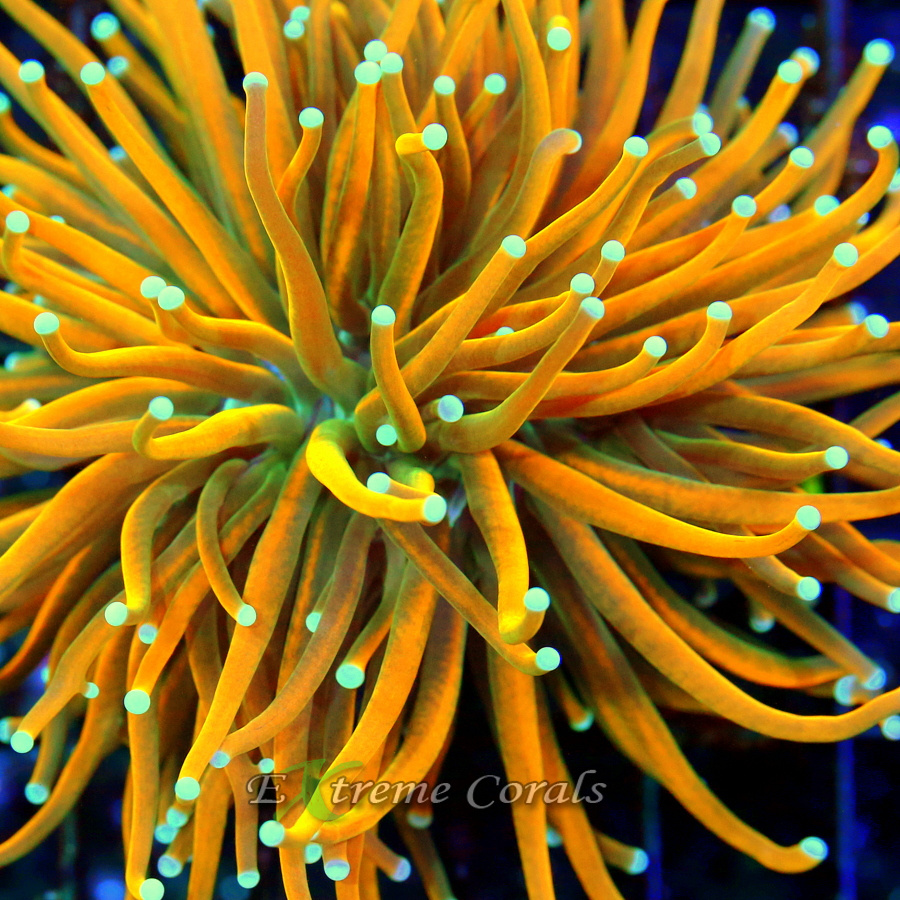Extreme Corals News and Updates
Dive into the Fascinating World of LPS Corals: Top LPS Corals
Unveiling the Beauty and Care Essentials of LPS Corals for Your Reef Tank
LPS corals, known for their large, fleshy polyps and stunning colors, are a popular choice for reef tank enthusiasts. They thrive through a symbiotic relationship with photosynthetic algae, providing nutrients and protection in return for sunlight access. With proper care, including stable water conditions and adequate lighting, LPS corals can transform your aquarium into a vibrant, dynamic ecosystem.
by scott Shiles • July 15, 2024
Exploring the World of LPS Corals
LPS corals, short for Large Polyp Stony corals, are a popular choice among reef tank enthusiasts due to their stunning colors and unique patterns. These corals belong to the stony coral group, characterized by larger fleshy polyps that extend from a hard calcium carbonate skeleton. Their expansive polyps sway gently in the water, adding movement and life to the aquarium.
One of the fascinating aspects of LPS corals is their symbiotic relationship with photosynthetic algae called zooxanthellae. These algae live within the coral's tissues and provide them with vital nutrients through photosynthesis. In return, the coral offers protection and access to sunlight for the algae, creating a mutually beneficial partnership.
LPS corals come in a wide array of mesmerizing colors, including shades of red, orange, green, blue, and brown. Their intricate patterns and textures add depth and visual interest to any reef tank, making them a favorite choice for aquarists aiming to create a stunning underwater display.
While LPS corals are generally easier to care for compared to some other coral types, they still require stable water conditions, proper lighting, and regular feeding. Their calcium carbonate skeletons require adequate calcium levels in the water to support growth and skeletal formation.
Adding LPS corals to your reef tank can transform it into a colorful and dynamic marine ecosystem. These corals not only beautify the aquarium but also provide shelter and grazing areas for fish and other marine inhabitants, fostering a harmonious underwater environment.
Understanding the Unique Characteristics of LPS Corals
LPS corals exhibit a fascinating feeding behavior known as polyp extension, where their fleshy polyps expand to capture food particles from the water. This feeding process is triggered by the movement of prey or the introduction of food into the aquarium.
Another distinctive trait of LPS corals is their sweeper tentacles, specialized structures that they use for defense and aggression. These long, stinging tentacles are equipped with nematocysts that can harm neighboring corals, making it essential to provide adequate spacing between different coral colonies in the tank.
LPS corals thrive in moderate water flow conditions, as strong currents can damage their delicate polyps. Maintaining stable water parameters, including temperature, salinity, and nutrient levels, is crucial for the health and well-being of these corals.
In addition to their stunning appearance and unique feeding behaviors, LPS corals are known for their resilience and adaptability to various lighting conditions. They can flourish under a range of lighting intensities, making them suitable for different reef tank setups.
Care Tips for a Thriving LPS Coral Tank
Maintaining optimal water quality is paramount when keeping LPS corals in your reef tank. Regular water testing, proper filtration, and water changes are essential to ensure a stable and healthy aquatic environment for these corals.
Providing adequate calcium and alkalinity levels is crucial for the growth and skeletal strength of LPS corals. Supplementing with calcium additives and monitoring alkalinity levels can help support the development of their calcium carbonate skeletons.
Proper lighting is key to the photosynthetic health of LPS corals. LED lights with customizable intensity and spectrum settings are ideal for recreating natural lighting conditions in the aquarium, promoting the growth and vibrancy of these corals.
Feeding LPS corals a varied diet that includes zooplankton, phytoplankton, and specialized coral foods helps meet their nutritional needs and supports their overall health. Target feeding individual corals can ensure they receive adequate nutrition and thrive in the reef tank.
Regular observation and maintenance of LPS corals are crucial for detecting any signs of stress, disease, or aggression within the tank. Monitoring growth patterns, tissue coloration, and behavior can help you intervene early and address any issues promptly.
Top 10 Must-Have LPS Corals
Torch Coral (Euphyllia glabrescens): Known for its long tentacles and vibrant colors, the Torch Coral is a dazzling addition to any reef tank.
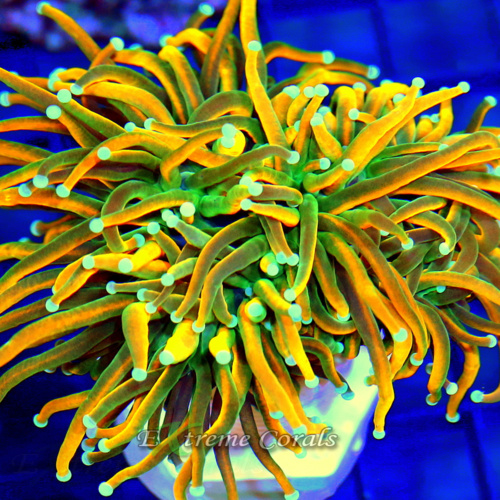
Frogspawn Coral (Euphyllia divisa): With its branching shape and sweeper tentacles, the Frogspawn Coral adds a unique flair to marine aquariums.
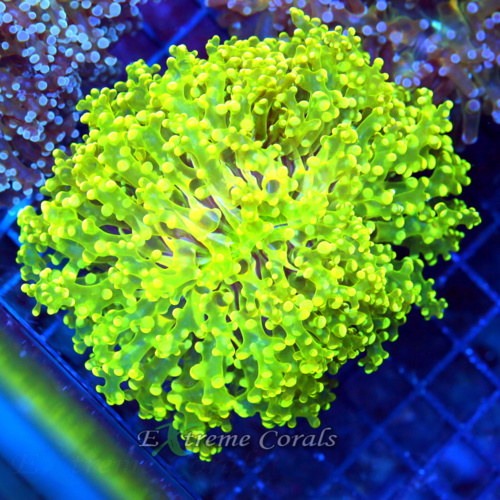
Hammer Coral (Euphyllia ancora): This popular LPS coral features hammer-shaped tentacles and comes in various color morphs, from fluorescent green to deep purple.
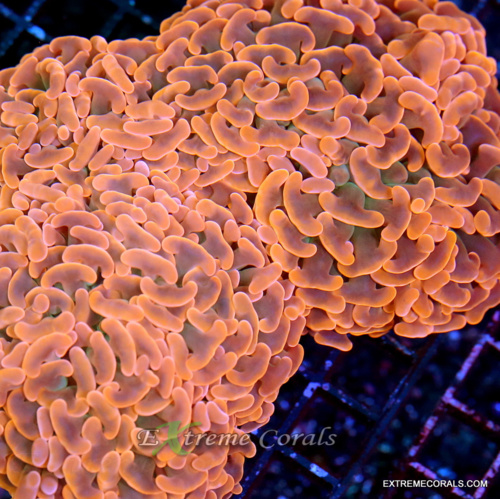
Bubble Coral (Plerogyra sinuosa): The Bubble Coral sports bubble-shaped polyps that inflate and deflate, creating a mesmerizing sight in the reef tank.
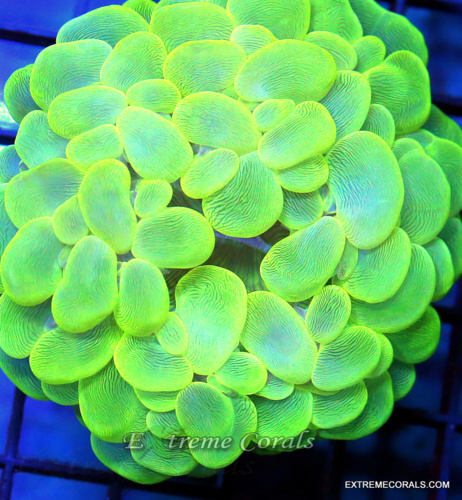
Acan Lordhowensis (Acanthastrea lordhowensis): A stunning coral with colorful polyps and intricate patterns, the Acan Lordhowensis is a prized addition for coral enthusiasts.
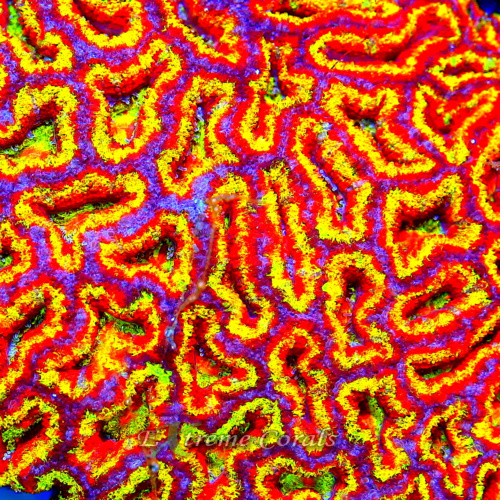
Chalice Coral (Echinophyllia): Featuring thick, fleshy polyps and vibrant hues, Chalice Corals add a touch of elegance to any reef setup.
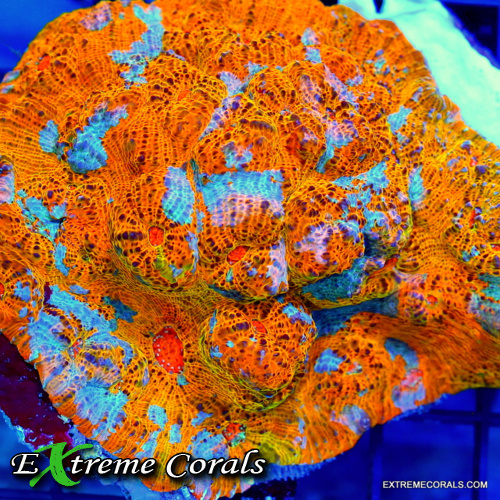
Brain Coral (Platygyra): Known for its brain-like appearance and intricate ridges, Brain Corals are a captivating choice for aquarists seeking unique textures in their reef tank.
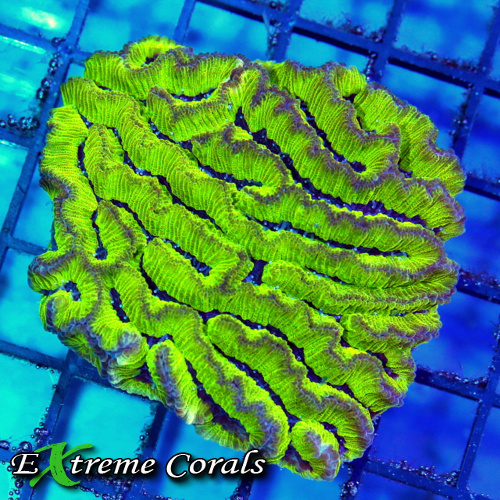
Duncan Coral (Duncanopsammia): The Duncan Coral, also known as Whisker Coral, forms dense clusters of polyps that sway gracefully in the water, adding movement and life to the tank.
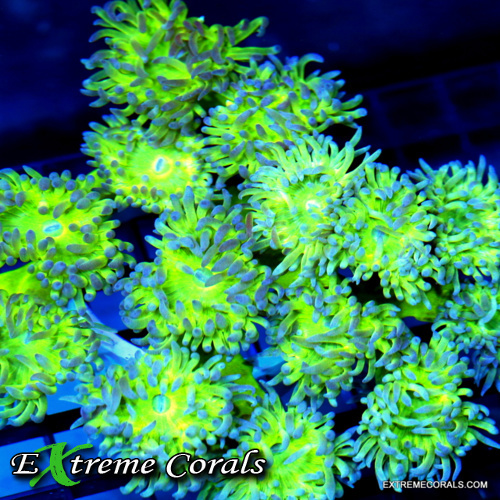
Blastomussa Coral (Blastomussa wellsi): Featuring large, fleshy polyps and vibrant colors, Blastomussa Corals bring a pop of color to reef aquascapes.
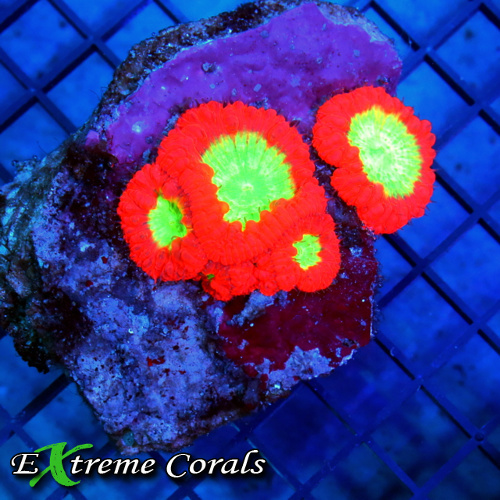
As you delve deeper into the world of LPS corals, you realize the mesmerizing beauty and diversity they bring to a reef tank. Incorporating these unique corals into your aquatic haven not only enhances its visual appeal but also creates a thriving ecosystem for marine life. Whether you're a seasoned reef keeper or a beginner enthusiast, the enchanting allure of LPS corals is sure to captivate your imagination and elevate your underwater experience.

